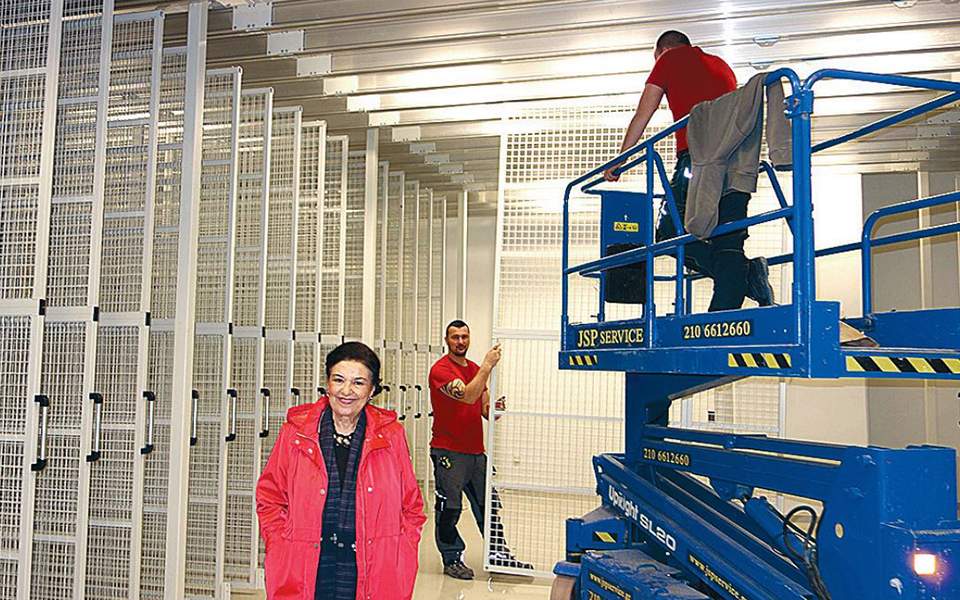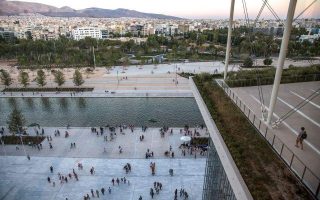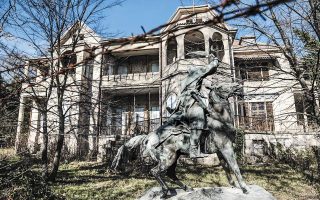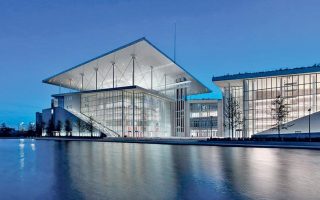End in sight for National Gallery’s radical makeover

I walked into the construction site of the National Gallery right foot first, as is the custom in Greece for good luck. After 20 years reporting on the arts and culture, I regard the venue as familiar territory and was dying of curiosity to see how the old building is being transformed into a museum for the 21st century.
I was accompanied by Marina Lambraki-Plaka, the visionary of the grand renovation. As director of the gallery, she dealt with every obstacle on the road to completion with determination, patience and courage.
“We are, fortunately, near the finish line and the final result will fill all Greeks with happiness and pride,” she says as we venture inside.
The first glimpse fills me with optimism. Work is progressing at a rapid pace so that the opening can take in March 2021 as planned – and as announced by Prime Minister Kyriakos Mitsotakis – and the transformation is visible.
The building has acquired much-needed translucency, making the new National Gallery a quintessential part of the city, aligned with the Hilton Hotel, Lycabettus Hill and Kostas Varotsos’ iconic glass statue of “The Runner” (1994).
The new design has not only increased the museum’s surface area but has also created much larger spaces. Even with the electrical wires hanging over our heads and with the walls just bare concrete, it’s easy to see that little remains the same as a team of 120 workers strives to complete the project on time.
“This is the ticket area, the bathrooms and the digital media area that will introduce the visitors to the contents of the museum” says Lambraki-Plaka as we stand in the spacious foyer.
“The piece that will welcome the public is the monumental ‘Flea Market’ (1983) by Panayiotis Tetsis. It was deliberately chosen to symbolize that similar to a flea market, everyone is welcome in the National Gallery – those who know about art and those seeking the tools to learn about it,” she says.
Our tour continues in the basement, where there’s a special gallery for visiting exhibitions, including the much-anticipated “Art of Portraiture” from the Louvre, slated to take place a few months after the museum’s grand reopening. It also comprises a large and modern storage facility for more than 10,000 works of art, many of which are currently being restored at the National Sculpture Gallery in Goudi, north of Athens.
The rest of the floors will showcase the National Gallery’s collection of paintings from the 19th and 20th century.
I ask Lambraki-Plaka what the museum offers at a time when people are so overwhelmed by the pandemic and its financial fallout. She says that the most important “gift” the gallery can give us is to act as a reflection of our modern national identity.





